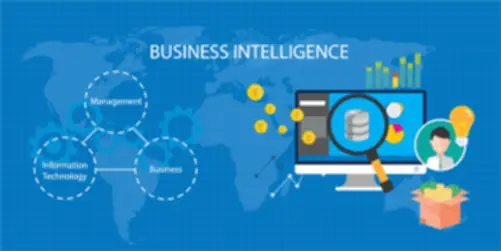The Explanation of IT Cost Transparency

Expenses are usually one of the key factors that influence the decisions of many companies about IT budgets. The absence of a transparent plan usually makes the costs look absurd and unreasoned. Knowing where the money is spent assists in making the right decision and implementing new successful strategies.

What is IT cost transparency?
IT cost transparency is basically tracking the total price of the delivery and maintenance of the IT services provided to a certain business. Various management applications are used to calculate all the expenses and make sure that the budgets are not drained for nothing.
It is also important to mention IT cost optimization, which is an important feature of transparency. When a department achieves cost optimization, it can guarantee that the strategic initiatives will be met even with budget constraints. The best situation is when the company knows exactly what it needs and understands the current costs for these services.

We are confident that we have what it takes to help you get your platform from the idea throughout design and development phases, all the way to successful deployment in a production environment!
The 3 elements of IT cost transparency
IT cost transparency involves many different factors that cannot be skipped if you want to succeed in achieving the right result. These include:
- Asset baseline
- Business system correlation
- Business intelligence
Each will be briefly described below.
1. Asset baseline
First of all, it is important that the IT asset baseline is found. It is not very difficult to do, but it might take some time before you get a precise number. A detailed analysis of the number of chargeable assets must be performed. Also, it is important to determine their usage.
When we speak of “IT assets”, we mean server, software, workstations, and other related terms. If you want the costs to be transparent, it is crucial that the baseline is accurate and represents the sum of all the involved assets.
2. Business system correlation
The second thing you need to consider is the business system correlation. In short, this includes an explanation of the analysis results and asset baseline to the people who make a decision in simple words. It is not rare that decision-makers do not know a lot about the IT field, so they need a clear understanding of what they have to pay for. If you explain the facts along with their use for the company, even a person with no experience in IT will be able to identify the value of the offer.
3: Business intelligence
The importance of the first two steps is evident. However, they are not enough to make IT costs completely transparent. Many companies use several servers and hold expensive licenses, so the understanding of how valuable they are to a business is crucial. Software, hardware, and licenses may appear to be the most expensive part of the list. An ability to discard unnecessary elements is an enormous part of the cost transparency.

Why is IT cost transparency needed?
Although decreasing expenses is one of the benefits of cost transparency, there are many other advantages that must be considered.
Know where the money goes
Once the costs become understandable, making important decisions based on the current goals will be much easier. Having a complete list of all the expenses is also beneficial for making future plans and strategies.
Easier to explain the use of IT services
Cost transparency simplifies the explanation of each feature and why is it required. When a representative can explain everything in terms that are understandable for a non-IT person, businesses can analyze the information on their own and make decisions on whether they need something from the list or not.
Precise numbers and no assumptions
When you replace all approximate amounts with precise numbers and explanations, businesses are capable of making objective decisions. Cost transparency shows all the expenses that are connected with the provided service including assets and labor. This makes it easier for stakeholders to have a clear conversation without misunderstandings.
New priorities
Regular analysis of the expenses and costs assists executives in understanding the performance of teams and the relation of employees and consumption. When the results are constantly reviewed, this can lead to a discovery of unnecessary services and software that does not bring any results. Employees will be able to figure out which of the used materials are more valuable to the company and help to prevent additional expenses.
Final thoughts
If you decide to add IT cost transparency just to check it off the list, you won’t achieve any results. An understanding that it is an investment that saves both time and money is crucial. When all three elements are implemented in the daily routine of the company, the cost optimization will be achieved in no time.
Top Articles
Container vs VM (Virtual Machines): How Do They Differ?
I am here to help you!
Explore the possibility to hire a dedicated R&D team that helps your company to scale product development.






